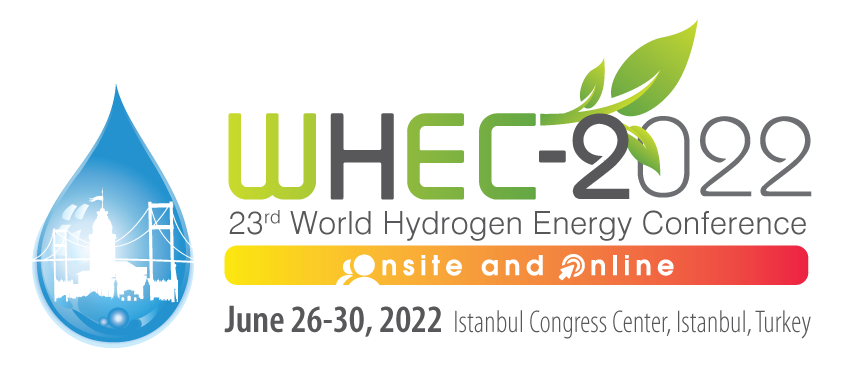| Abstract |
Hydrogen is now in a focus of interest, not only in EU, and mass deployment of hydrogen from production to applications is being planned on the highest level. However, there are still skeptics that need to be convinced that hydrogen is not only a viable but the key technology for full or deep decarbonization of energy supply. Some people, even experts, usually focus just one aspect, such as efficiency or storage size or perceived danger, and jump to conclusions without considering a wider picture. Common misconceptions about hydrogen typically include:
- Hydrogen is not an energy source. Indeed, hydrogen is an energy carrier like electricity.
- Hydrogen is (mainly) produced from fossil fuels (natural gas). That is true today, however in a decarbonized energy system hydrogen will be produced exclusively from renewable energy sources
- There is no hydrogen infrastructure. That is true today, it needs to be built. There was no infrastructure when the first cars appeared or when the first power plants were built.
- There is no hope for hydrogen fuel cell electric vehicles – BEV are so much better. This is true for light vehicles and relatively short distances. Hydrogen storage onboard is at least two times lighter than the batteries and hydrogen refueling takes a fraction of time that batteries charging takes.
- It is inefficient to produce hydrogen and then to convert it back to electricity. Compared to batteries that is inefficient indeed. However, for storing large amount of energy for relatively long time (seasonally) we do not have a better option.
- Hydrogen is bulky. Compared to gasoline or diesel hydrogen is indeed bulky. However, car manufacters managed to fit bulky hydrogen tanks in vehicles without sacrifices
- Hydrogen does not create pollution but its use will produce huge amounts of water. Use of hydrogen, combustion or electrochemical conversion creates exactly the same amount of water as it was used for its generation.
- Hydrogen is extremely flammable and explosive, thus dangerous. Many safety studies, and use records have shown that hydrogen is not more dangerous than other fuels.
Hydrogen should not be judged by these individual properties, but by its ability to decarbonize those energy sectors that would be hard to decarbonize otherwise. |
Biographical
Sketch |
Frano Barbir is Professor Emeritus at Faculty of Electrical Engineering, Mechanical Engineering and Naval Architecture, University of Split, Croatia.
He has been actively involved in hydrogen and fuel cell technology R&D, engineering and applications since 1989, working as a researcher and R&D manager in industry and universities in U.S. Turkey, South Africa and Croatia. He has authored and/or co-authored more than 300 papers on hydrogen and fuel cells published in scientific and technical journals, books, encyclopedias, and conference proceedings, as well as 7 U.S. and one EU patent on various aspects of fuel cell stack and system design and operation. His book, PEM Fuel Cells: Theory and Practice, published by Elsevier/Academic Press in 2005 (2nd edition came out in 2013), has been translated to Chinese, Korean and Farsi, and it is being used as a textbook at many universities all over the world.
He is the President of Croatian Hydrogen Association, a Vice President of the International Association of Hydrogen Energy, and the Chairman of the States Representatives Group at Fuel Cells & Hydrogen Joint Undertaking.
Prof. Barbir holds a Dipl.-Ing. degree in mechanical engineering and an M.Sc. degree in chemical engineering both from University of Zagreb, Croatia, and a Ph.D. degree in mechanical engineering from University of Miami, Coral Gables, FL. |

